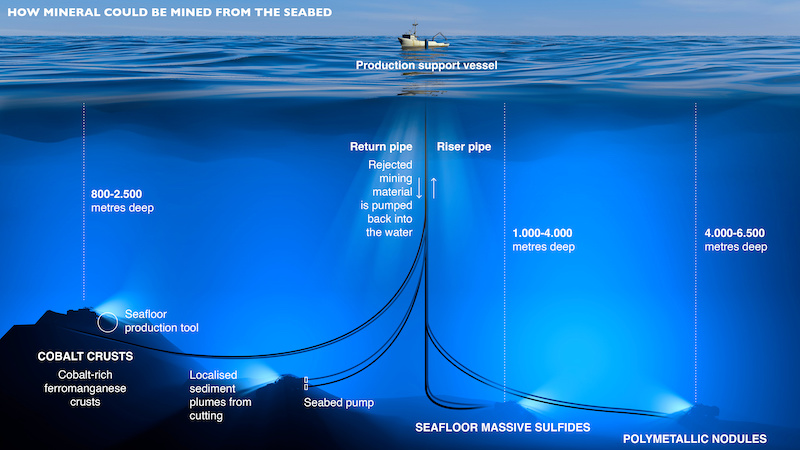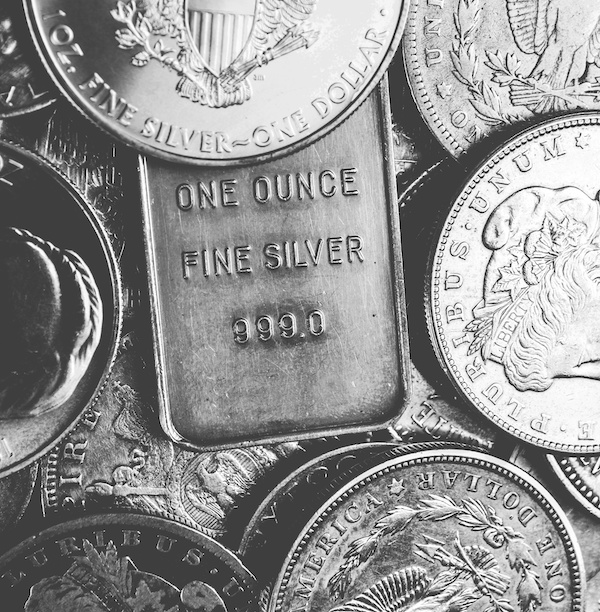Interest in profound sea mining increases during precious metals bull markets. Investments in deep sea mining projects have resumed with increased demand for precious metals and minerals for electronics manufacturing and other purposes.
Gold, silver, and other precious metals exist in ore deposits within the earth’s surface, including the surface underneath the oceans, which cover over 70% of the surface. Deep-sea mining is considered the next frontier in the quest for gold.

The focus is primarily on polymetallic nodules, polymetallic sulfides, and cobalt-rich ferromanganese crusts containing metals like nickel, copper, cobalt, manganese, and rare earth elements.
The extreme conditions of the deep sea lead to increases in cost, which is why interest in serious exploration of these resources has been limited. In the ocean, miners and mining equipment are subject to extreme pressure, freezing temperatures, and corrosive elements, which pose significant technical and operational challenges.
The significant technical and operational challenges impact the bottom line. New technologies include Remotely Operated Vehicles, seismic and sonar imaging technologies, and innovations in drilling and extraction. These advancements come at a high cost of technology, and uncertainty in recovering sufficient mineral quantities can make deep-sea mining a risky financial venture.
Despite these risks, some Arctic countries are leading the way. Last month, Norway’s parliament passed an agreement to open the country’s waters for deep sea mining exploration, despite pushback from environmentalists and the fishing industry.

Despite years of improvements, the industry still faces environmental issues. Mining operations can destroy habitats and reduce biodiversity.
Norway’s politicians, already the largest oil producer in Europe, see this as a promising emerging industry that will create jobs.
Many see the advancement as a potentially lucrative opportunity. However, it is an industry in its infancy, fraught with environmental, operational, and financial risks. The potential ecological impacts, particularly on the largely unexplored and fragile deep-sea ecosystems, are a significant concern and subject to ongoing international debate and regulation.
The industry’s nascent stage, combined with environmental concerns and regulatory uncertainties, makes it difficult to predict profit margins accurately.
The profit margins for deep-sea mining are uncertain and highly speculative. While the potential value of deep-sea minerals is significant, the extraction and processing costs are also substantial.





